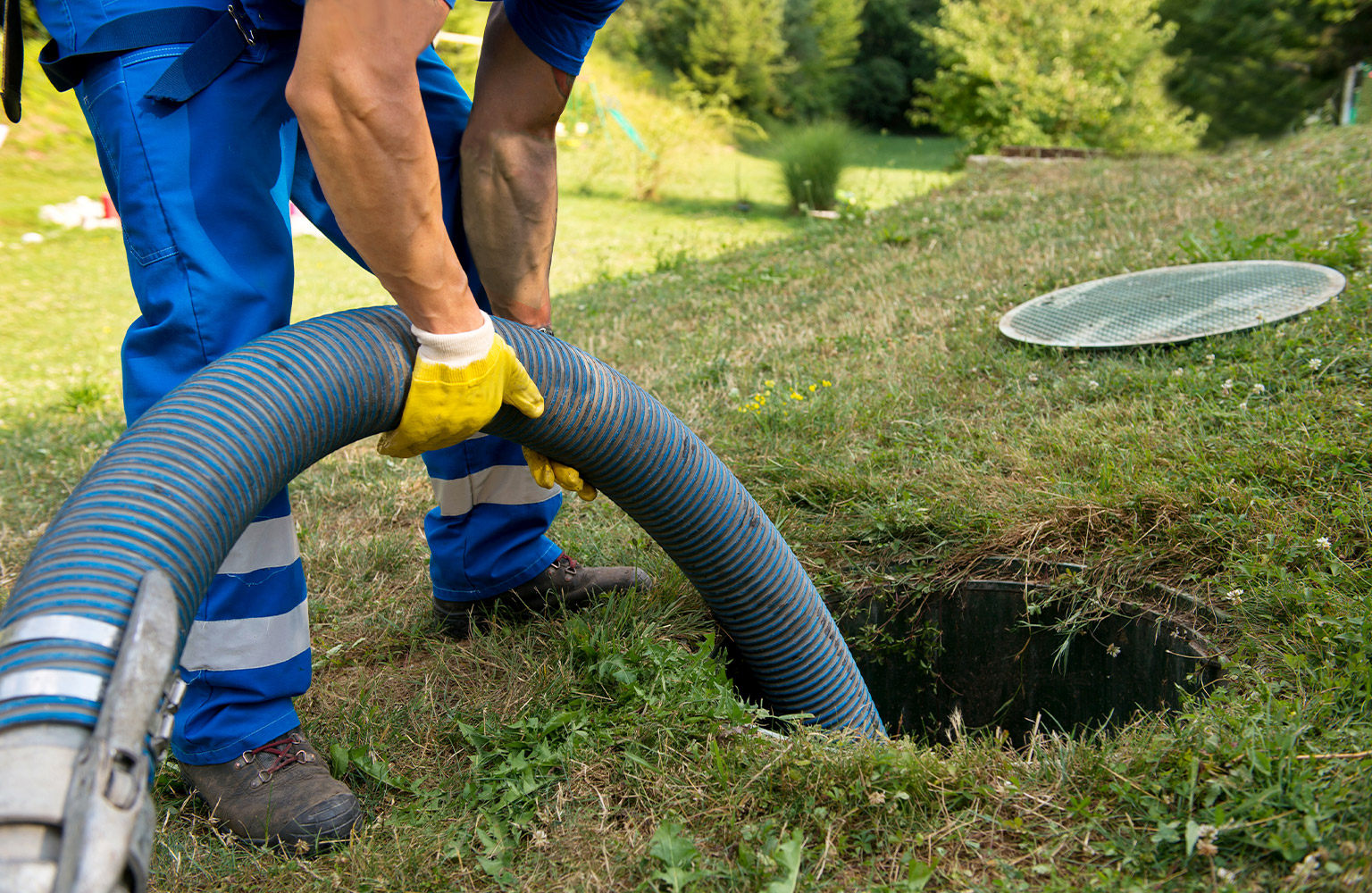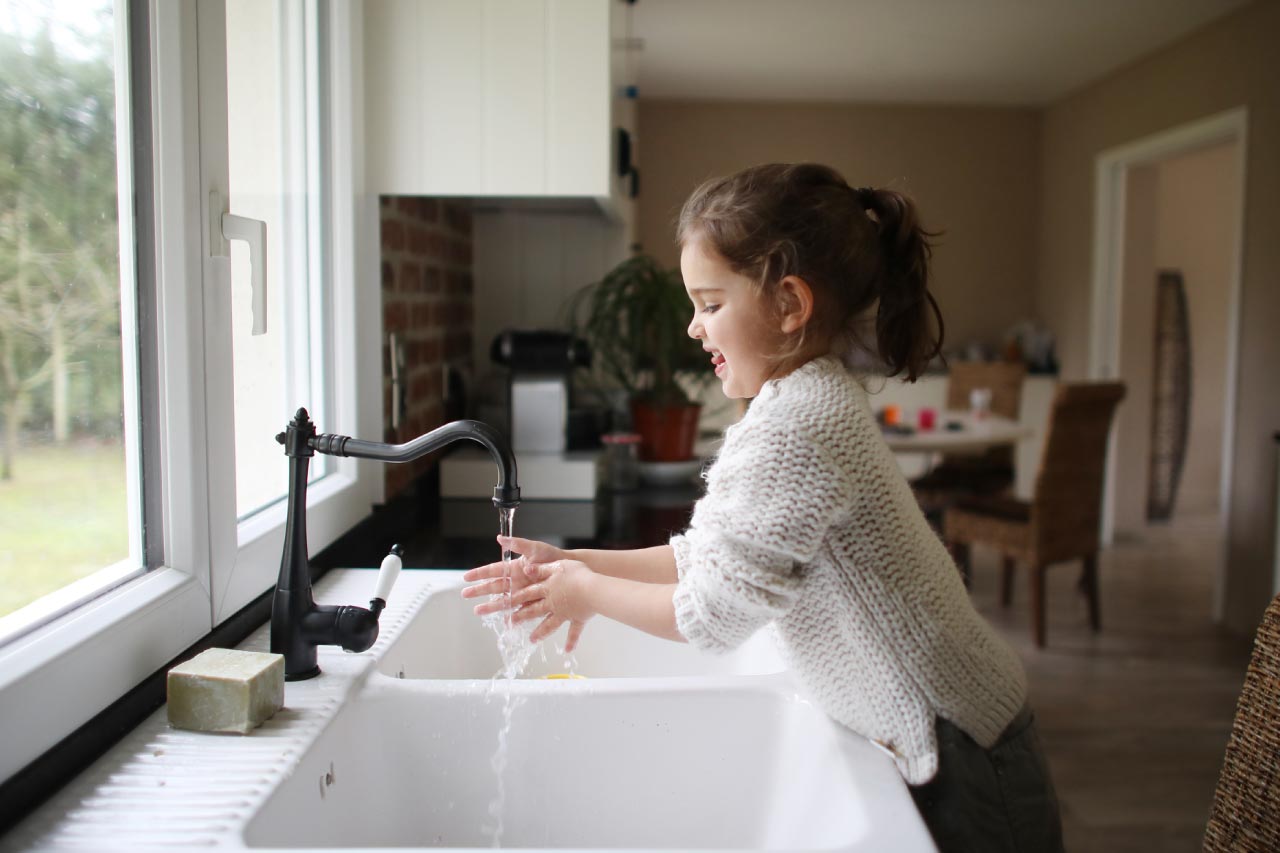
Wondering who to call for septic problems? Learn when to hire plumbers vs septic pros, warning signs, and average repair and pumping costs
Backflow preventer installation costs $350 on average, and homeowners also budget for backflow testing, anti-theft devices, and maintenance.


The main factors that can affect your installation cost include the size and type of preventer, testing requirements, labor, permits, and additional features.
You can choose from several types of backflow preventers, ranging in price from $3 to $1,100.
Labor is often the most significant cost, with plumbers charging $180 to $500 per hour.
Backflow testing requirements vary by location but can cost up to $350 annually.
Installing a backflow preventer enhances water safety and guards against contamination.
This article was created using automation technology and thoroughly fact-checked and edited by HomeAdvisor Editor Ryan Noonan.
Installing a backflow preventer costs between $150 and $450, with most homeowners spending around $350. Factors like your location, the size, and the quality of the preventer can influence the overall cost. It's important to budget accordingly and consider hiring a professional to ensure proper installation and protect your home's water supply.
Backflow preventers keep dirty water from entering your home and contaminating your water supply. On a sewer line, they allow water backflow to escape through a valve, preventing it from flowing into your home.
Let’s look at the major cost factors that make up the cost of a new backflow preventer.
There are several types of backflow preventers available, each designed for specific appliances or plumbing systems in your home. Prices vary greatly depending on the type you choose. If you're looking for an affordable option, garden hose backflow preventers start at $3, while floor drain options cost up to $1,000.
| Type of Backflow Preventer | Average Cost Range |
|---|---|
| Garden hose or appliance | $3–$100 |
| Sprinkler or sewer system | $100–$600 |
| Basement or floor drain | $150–$1,000 |
Backflow preventers designed for garden hoses or appliances cost between $3 and $100. The lower-cost versions, often designed to fit on the end of your garden hose, range from $3 to $35. These models keep water flowing in one direction, preventing dirt from contaminating your supply.
Backflow preventers for sewer or sprinkler systems cost between $100 and $600. These are larger and more complex than those for hoses and appliances and are installed on your main sewer pipe. Atmospheric models have several valves and chambers that allow air to enter the pipe to prevent backflow, while reduced-pressure models feature valves that block backflow when water pressure drops.
Preventing backflow in harder-to-reach areas of your home, such as a basement, is often the most costly. Contractors must access buried pipes, increasing the complexity of the installation and driving up costs. These models range from $150 to $1,000.
The cost of a backflow preventer depends on the size of the valve you need, ranging from $35 to $600. Valves are measured in diameters from 0.5 to 12 inches. The size you need depends on the size of your plumbing system and the level of efficiency you’re looking for. Your plumber can assess your system and choose the right size.
| Valve Diameter in Inches | Average Cost Range |
|---|---|
| 0.5 | $35–$55 |
| 1 | $50–$100 |
| 2 | $75–$200 |
| 6 | $100–$300 |
| 8 | $100–$400 |
| 12 | $400–$600 |
Labor is often the most significant cost when installing a backflow preventer. Plumbers charge between $180 and $500 per hour, depending on their experience and your location. The complexity of the installation will also increase the time your pro needs to work, raising the labor costs.
On top of the main cost factors above, consider additional costs that might affect your budget.
Don't forget about backflow testing, which costs $70 to $90, but prices can go as high as $350 depending on your location. Some cities require annual testing and inspections, so be sure to factor this into your budget.
You may need a permit for the installation, which costs around $50. Check with your local municipality to determine if a permit is required for your backflow preventer project.
If you live in an area with cold winters, consider a thermostatic freeze relief valve, which costs about $100. This device prevents your backflow preventer from freezing and ensures it works properly during the winter.
To protect your investment, you might want to add an anti-theft device like a steel cage or lock, which costs between $200 and $300. These devices can deter thieves who target backflow preventers for their copper and brass components.
Want to save money on your backflow preventer installation? Here are some tips to make your project more budget-friendly:
Get multiple quotes: Collect estimates from at least three plumbers in your area to find a reputable pro at the right price.
Ask about discounts: See if contractors offer seasonal discounts or promotions. You might save by scheduling installation during the off-peak season.
Bundle projects: If you have other plumbing work to do, consider bundling the jobs to maximize the value of the labor fees.
Look for rebates: Check if your local municipality offers rebates or incentives for installing a backflow preventer.
Assess additional features: Decide if extras like anti-theft devices are necessary for your area to potentially avoid paying for add-ons if you don’t need them.
No place is more important than your home, which is why HomeAdvisor connects homeowners with local pros to transform their houses into homes they love. To help homeowners prepare for their next project, HomeAdvisor provides readers with accurate cost data and follows strict editorial guidelines. After a project is complete, we survey real customers about the costs to develop the pricing data you see, so you can make the best decisions for you and your home. We pair this data with research from reputable sources, including the U.S. Bureau of Labor Statistics, academic journals, market studies, and interviews with industry experts—all to ensure our prices reflect real-world projects.
From average costs to expert advice, get all the answers you need to get your job done.

Wondering who to call for septic problems? Learn when to hire plumbers vs septic pros, warning signs, and average repair and pumping costs

Budget for well pump repair costs based on factors such as parts and components, location, pump type, labor, inspections, and more.

Budget for septic tank repair costs based on factors including parts, materials, labor, ongoing maintenance costs, and more.

When calculating the cost to pump a septic tank, you need to consider the size of the tank, how often it needs to be pumped, and the maintenance of the tank.

Use this guide to budget for a septic system inspection based on cost factors such as inspection type, accessibility, and additional septic services.

If you need to replace your well pump, you should budget based on the well pump type, size, and labor rates in your area.